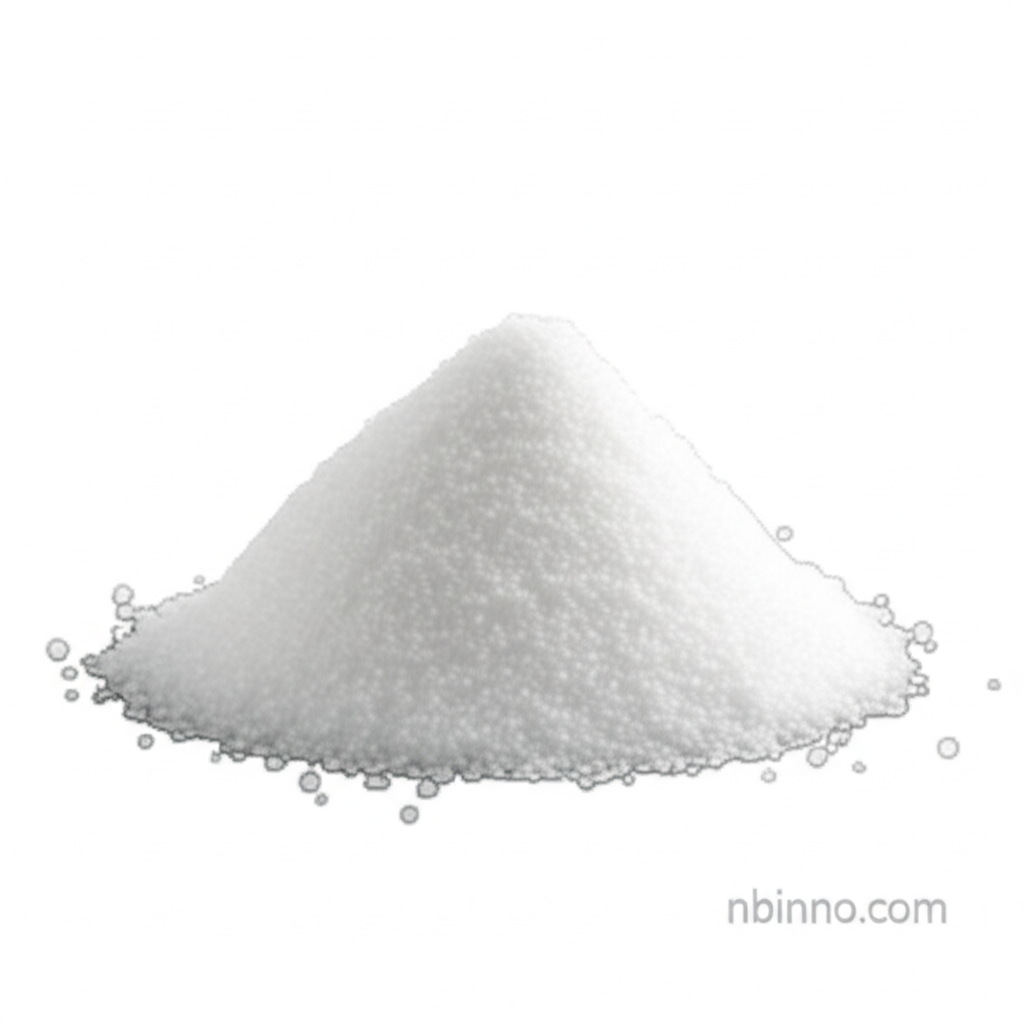Understanding Anecortave Acetate: A Comprehensive Guide
Exploring the properties, applications, and research behind this unique ophthalmic compound.
Get a Quote & SampleProduct Core Value

Anecortave Acetate
Anecortave Acetate is a synthetic corticosteroid compound explored for its therapeutic potential in ophthalmology, primarily investigated for its angiostatic properties to combat neovascularization in conditions like age-related macular degeneration (AMD) and for its effects on intraocular pressure in glaucoma management.
- Research into anecortave acetate for glaucoma treatment shows promising IOP-lowering effects, particularly in steroid-induced ocular hypertension, suggesting potential for novel glaucoma management strategies.
- The anecortave acetate mechanism of action involves inhibiting angiogenesis, making it a candidate for conditions characterized by abnormal blood vessel growth in the eye, such as wet AMD.
- Clinical trials for anecortave acetate explored its efficacy and safety in various ophthalmic conditions, although development faced challenges and it is not currently widely marketed.
- Understanding anecortave acetate drug delivery methods, such as posterior juxtascleral depot, highlights innovative approaches to sustained drug release and reduced side effects in ophthalmic treatments.
Product Advantages
Targeted Ophthalmic Action
Anecortave Acetate was developed for specific ophthalmic conditions, aiming for targeted delivery and action within the eye, a key consideration in anecortave acetate ophthalmic use.
Angiostatic Properties
Its primary advantage lies in its ability to inhibit angiogenesis, a crucial mechanism for treating diseases driven by abnormal blood vessel formation, as seen in anecortave acetate age-related macular degeneration research.
Potential for IOP Reduction
The compound showed potential in lowering intraocular pressure, offering an alternative or adjunctive therapy for certain types of glaucoma, supporting the exploration of anecortave acetate for glaucoma treatment.
Key Applications
Age-Related Macular Degeneration (AMD)
Investigated for its ability to inhibit neovascularization, a hallmark of wet AMD, thereby potentially preserving vision. This aligns with research into anecortave acetate clinical trials focusing on AMD.
Glaucoma Management
Studies explored its use in reducing intraocular pressure, particularly in steroid-induced ocular hypertension, highlighting its role in anecortave acetate drug delivery research for glaucoma.
Ocular Hypertension Control
Its potential to lower IOP in eyes with uncontrolled steroid-related ocular hypertension was examined, contributing to a deeper understanding of steroid-induced glaucoma mechanisms.
Research and Development
While not widely commercialized, Anecortave Acetate remains a subject of interest for understanding steroid mechanisms and developing novel ophthalmic treatments, showcasing the importance of anecortave acetate mechanism of action studies.
